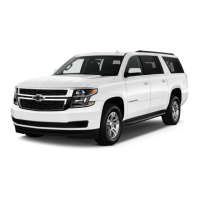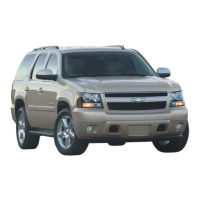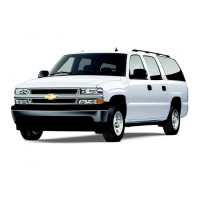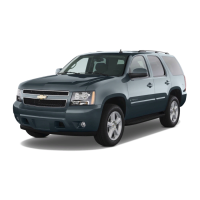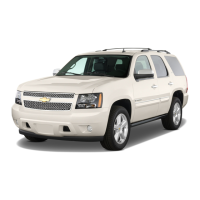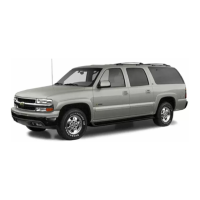Night
Vision
No one can see as well at night as in the daytime. But as
we get older these differences increase.
A
50-year-old
driver may require at least twice as much light to see the
same thing at night as a 20-year-old.
What you do in the daytime can also affect your night
vision. For example, if
you
spend the day in bright
sunshine
you
are wise to wear sunglasses. Your eyes will
have less trouble adjusting to night. But if you’re
driving, don’t wear sunglasses at night. They may cut
down on glare from headlamps, but they also make a lot
of things invisible.
You can be temporarily blinded
by
approaching
headlamps. It can take a second or two, or even several
seconds, for your eyes to readjust
to
the dark. When
you
are faced with severe glare (as from a driver who
doesn’t lower the high beams, or a vehicle with
misaimed headlamps), slow down a little. Avoid staring
directly into the approaching headlamps.
Keep your windshield and all the glass
on
your vehicle
clean
--
inside and out. Glare at night
is
made much
worse
by
dirt on the glass. Even the inside
of
the glass
can build up a film caused by dust. Dirty glass makes
lights dazzle and flash more than clean glass would,
making the pupils of your eyes contract repeatedly.
Remember that your headlamps light up far less
of
a
roadway when
you
are in a turn or curve. Keep your
eyes moving; that way, it’s easier to pick out dimly
lighted objects. Just as your headlamps should be
checked regularly for proper aim,
so
should your
eyes
be examined regularly. Some drivers suffer from night
blindness
--
the inability to see in dim light
--
and aren’t
even aware of it.
4-29

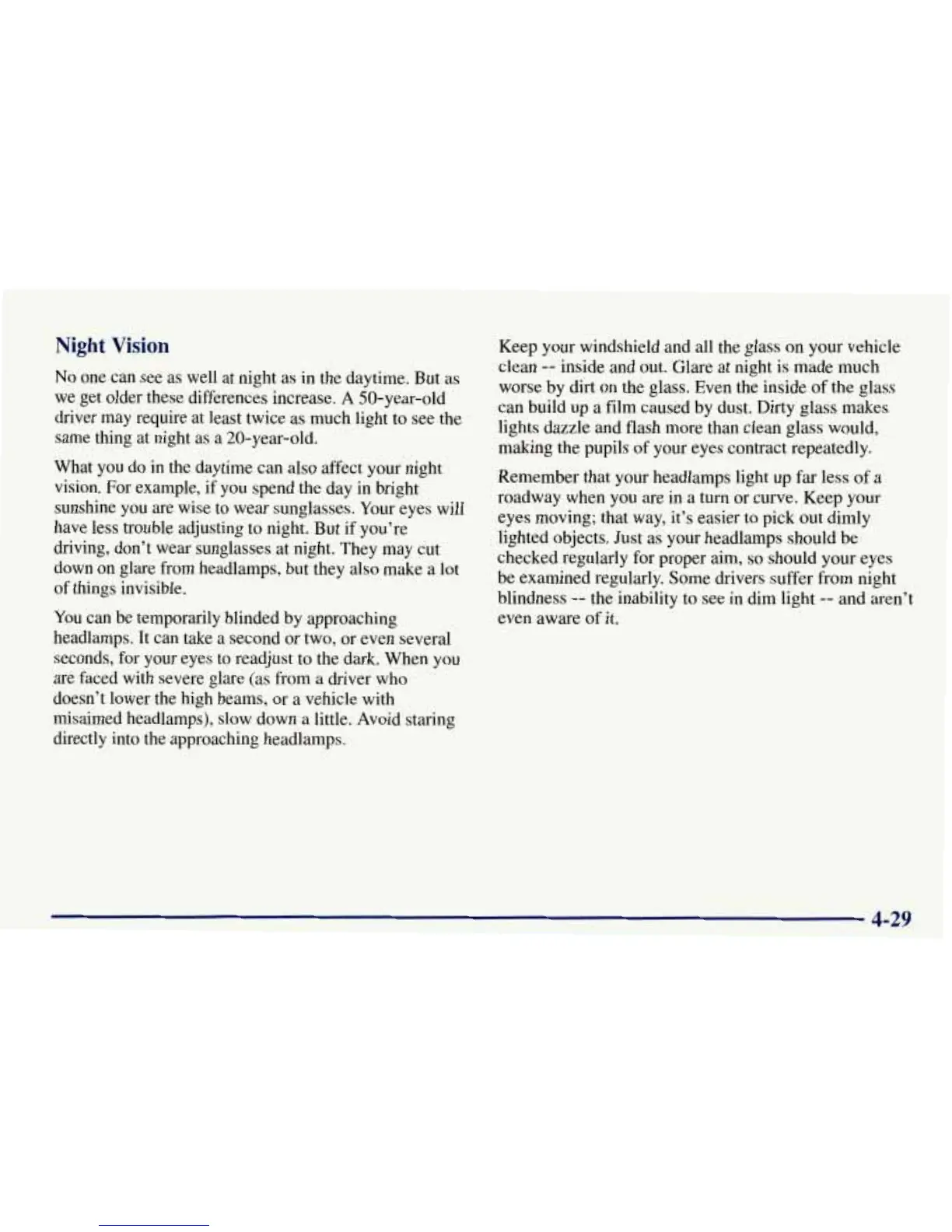